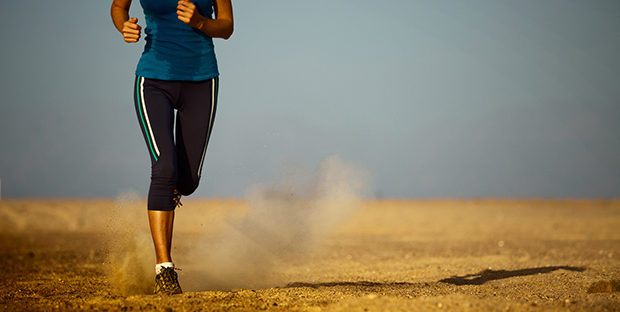Recovering from surgery can be a challenging journey, but with the right support, it can be smoother and more effective. Physiotherapy plays a crucial role in post-surgery recovery, helping patients regain strength, mobility, and confidence.
Understanding the Significance of Post-Surgery Physiotherapy:
Physiotherapy is not just a treatment; it’s a personalized approach to rehabilitation. After surgery, the body needs gentle yet targeted exercises to rebuild muscles and restore joint flexibility. A qualified physiotherapist assesses your condition and tailors exercises to your specific needs, ensuring a safe and speedy recovery.
Benefits of Post-Surgery Physiotherapy:
Pain Management
Physiotherapy techniques help alleviate post-surgical pain, promoting a more comfortable recovery.
Improved Mobility
Targeted exercises enhance joint mobility, allowing you to move more freely and resume daily activities.
Preventing Complications
Physiotherapy reduces the risk of complications such as blood clots and muscle atrophy, common after surgeries.
Enhanced Strength
Customized exercises strengthen muscles, aiding in overall body strength and preventing muscle weakness.
Boosted Confidence
Regaining mobility and strength boosts confidence, encouraging a positive mindset throughout the recovery process.
The Physiotherapy Process:
Assessment
A thorough evaluation of your condition helps the physiotherapist understand your limitations and design a suitable treatment plan.
Tailored Exercises
Personalized exercises focus on improving flexibility, strength, and balance, addressing specific post-surgical challenges.
Progress Monitoring
Regular sessions allow the physiotherapist to track your progress, adjusting the exercises as needed to optimize your recovery.
Educational Support
Physiotherapists provide valuable information on posture, movement techniques, and self-care practices to promote a holistic recovery experience.
Choosing the Right Physiotherapist
Selecting a skilled and experienced physiotherapist is crucial for your recovery journey. Consider factors such as qualifications, patient reviews, and clinic reputation. A compassionate and understanding physiotherapist can make a significant difference in your post-surgery rehabilitation.
Conclusion
Embracing physiotherapy after surgery is a proactive step towards a swift and successful recovery. By working closely with a qualified physiotherapist, you can regain your strength, mobility, and independence. Don’t rush the process; focus on consistent effort and follow the guidance provided by your physiotherapist. With dedication and professional support, you’ll be back on your feet, enjoying life to the fullest once again.
Remember, your journey to recovery is unique to you. Embrace the process, stay positive, and trust in the expertise of your physiotherapist to guide you towards a healthier, happier future. If you are looking to start post surgery physiotherpay, contact the professionals at the Durham Orthopedic & Sports Injury Clinic.









